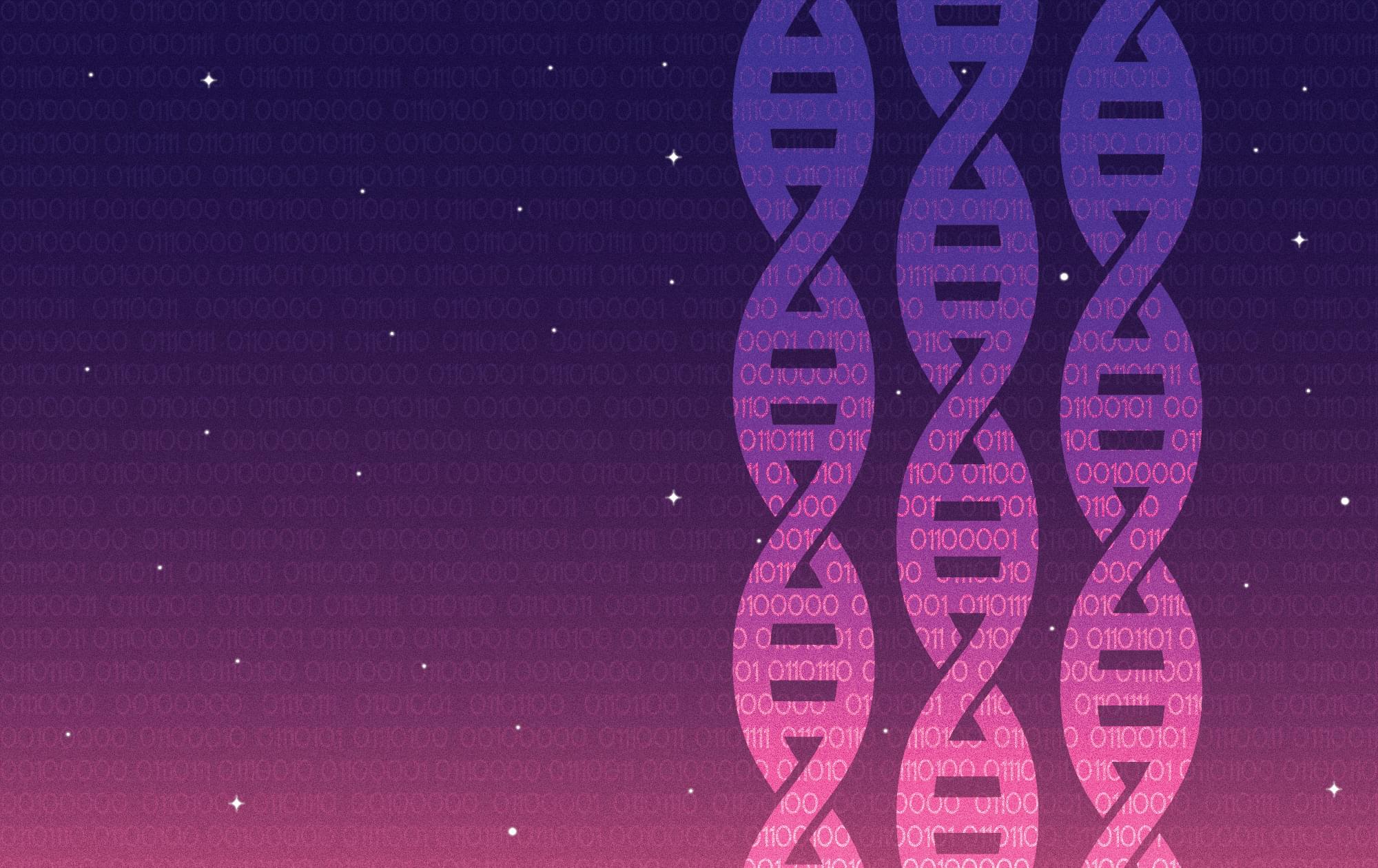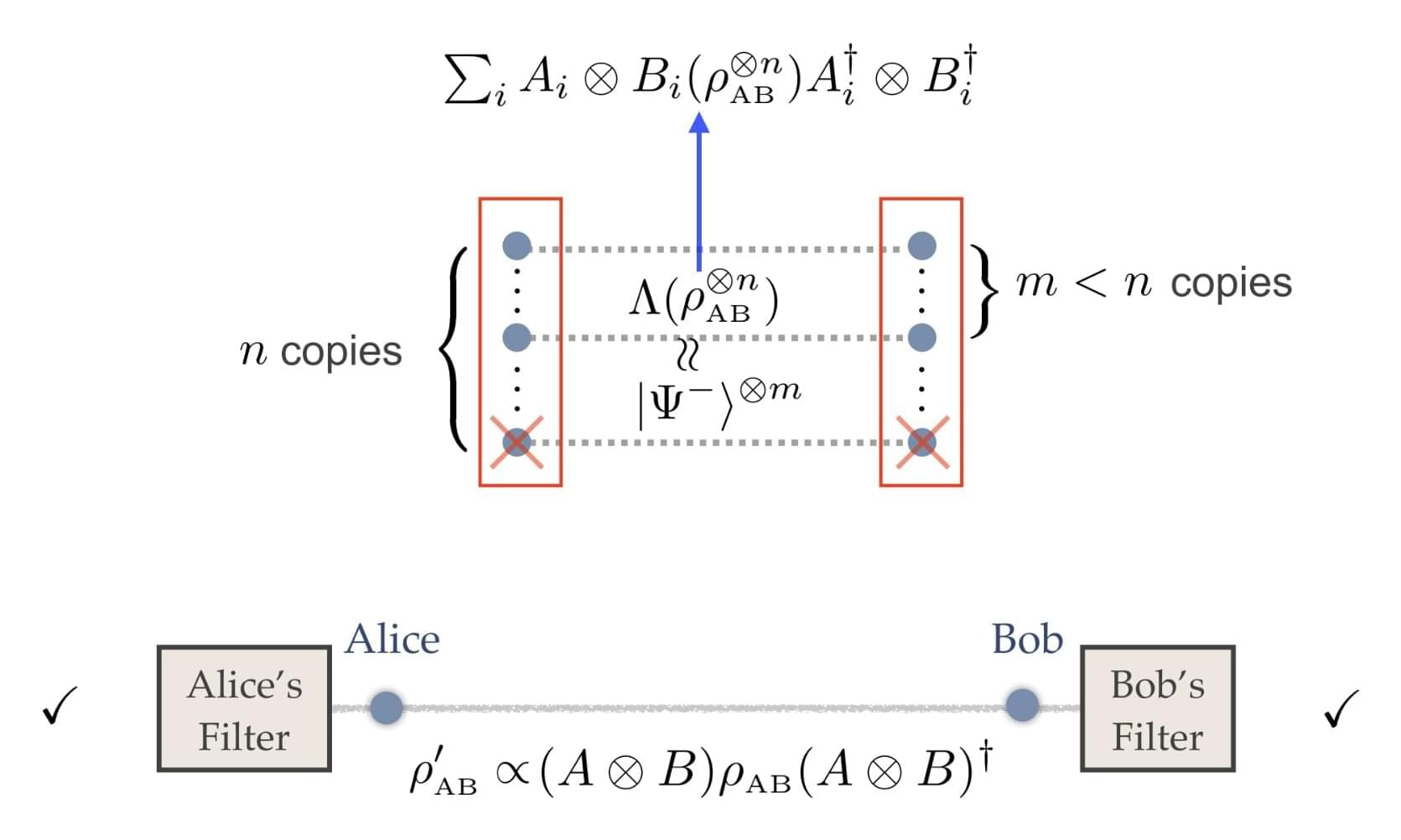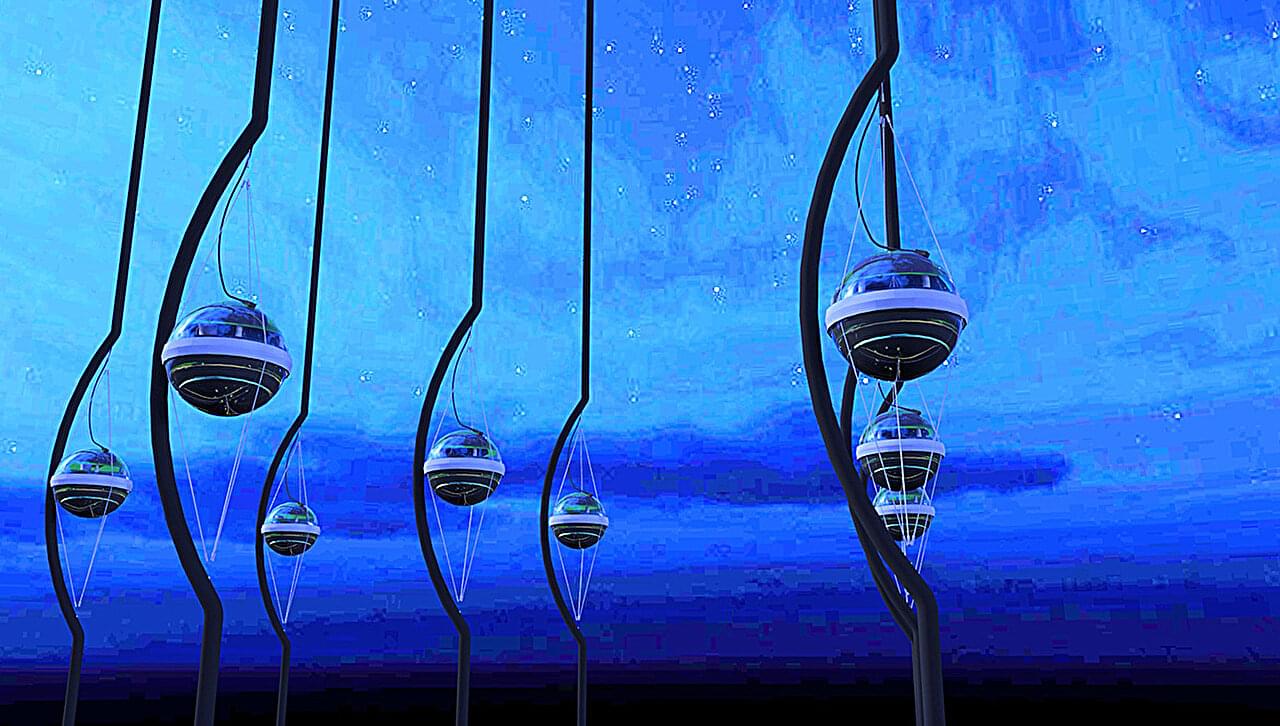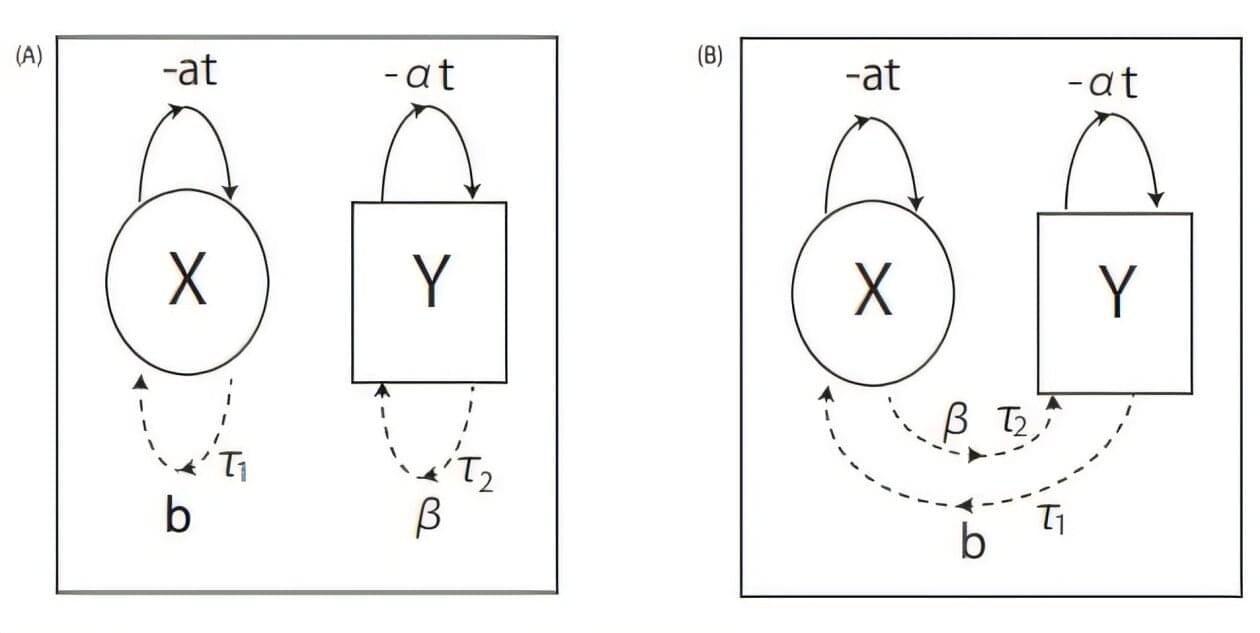Such questions quickly run into the limits of knowledge for both biology and computer science. To answer them, we need to figure out what exactly we mean by “information” and how that’s related to what’s happening inside cells. In attempting that, I will lead you through a frantic tour of information theory and molecular biology. We’ll meet some strange characters, including genomic compression algorithms based on deep learning, retrotransposons, and Kolmogorov complexity.
Ultimately, I’ll argue that the intuitive idea of information in a genome is best captured by a new definition of a “bit” — one that’s unknowable with our current level of scientific knowledge.








